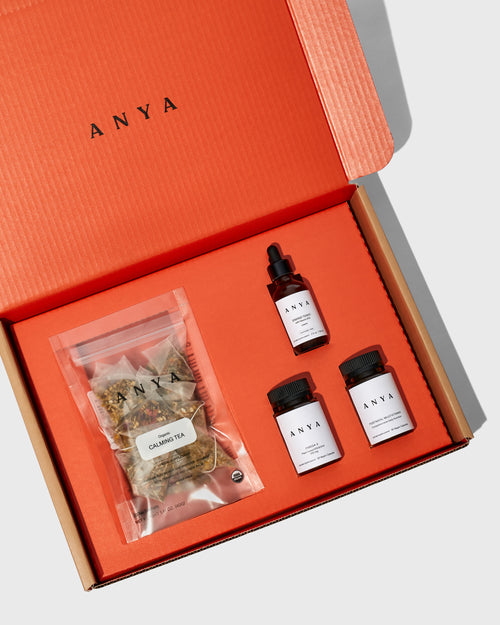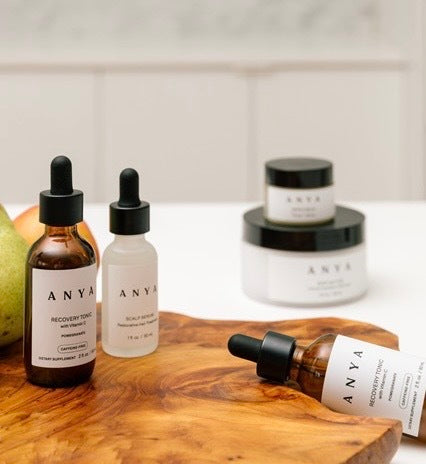For some mothers, breastfeeding will be the most natural thing they’ve ever done. For others, it can be a wild and uncertain ride. We talked to Sarah Moore, a certified lactation educator and counselor, and Dr. Kelsey Kossl, a board-certified ob-gyn in New York, to answer those questions—and prepare you for this journey.
Before Birth
| Milk | Fourteen weeks into your pregnancy, your body begins to produce colostrum, the first phase of breast milk. |
| Breast |
The best way to prepare your nipples is with a nipple balm—this increases elasticity and helps prevent pain. If you’ve heard that scrubbing your nipples will toughen them up, stop right there: Scrubbing your nipples is not only painful; it can cause abrasions and even infections. Don’t do it.
|
| Feeding | Have an insurance letter prepared and ready to be signed in the hospital so you can send it out for a breast pump reimbursement. |
Immediately After Birth
| Milk | There is already enough colostrum in your milk ducts to nourish your baby for the first few days after birth. After childbirth, two hormones—prolactin and oxytocin—signal your body to begin producing more breast milk. |
| Breast | The goal is to put the newborn directly on the breast as soon as possible in the first hour to start skin-to-skin contact. “This is an ideal—something that we should try to do—but you shouldn’t be upset if doesn’t happen for various reasons, whether because the baby needs medical attention or you do,” says Kossl. |
| Feeding | Communicate your breastfeeding plan with your support team (your partner, doula, or midwife) and providers, including the nursing team. But keep in mind that things don’t always go according to plan. What happens in the first day or two after birth doesn’t dictate your feeding journey for the year (or years) to come |
First Twenty-Four Hours
| Milk | The colostrum you are feeding the baby is thick and yellow, and it has exactly the nutrients that your baby’s brain, eyes, and heart need—hence the nickname liquid gold. Colostrum is rich in immune-boosting antibodies, promotes gut health by coating the stomach and intestines, encourages the release of meconium (the black poop that builds up in the baby’s colon while in utero), and reduces jaundice. Colostrum is also low in fat, which is why your baby is likely to lose weight in the first few days after birth. |
| Breast |
For a good latch, position the baby so that their chin is the first thing to touch your breast, and make sure that your nipple goes all the way back to the baby’s soft palate. This may not be possible right away for any number of reasons—but that doesn’t mean you won’t be able to breastfeed. A lactation consultant or nurse can show you how to stimulate your breast with manual expression or a pump.
|
| Feeding | Plan to breastfeed every one and a half to two hours or whenever your baby seems hungry, including overnight. During each of these first feedings—which ideally last between twenty and thirty minutes—the baby gets about a tablespoon of colostrum. By feeding often, you are also stimulating your body to create breast milk and establishing your milk supply. |
Weeks One and Two
| Milk |
Around three to five days after birth, the composition of your breast milk begins to change. Transitional milk is a combination of colostrum and milk. It starts off yellow and creamy and gradually becomes thinner and whiter. |
| Breast |
Your breasts are filling up with milk. For some women, it can be uncomfortable, even painful. This is called engorgement. You can use cold packs to ease swelling, or safe pain medications, like Tylenol and ibuprofen. But the best way to ease engorgement is to breastfeed through it (don’t pump). If you are feeling extreme pain, have a lactation consultant check your latch, teach you how to massage your breast to relieve symptoms, and teach you how to reduce swelling near the nipples to improve latching on to an engorged breast. Red flags to look out for include cracked or bleeding nipples. |
| Feeding | Expect to feed every two to three hours, especially during the day. Twenty-five percent of women have to go back to work two weeks after giving birth [LINK]. If you are among them, lactation experts suggest that you pump for a few minutes after each feeding to begin to build a stockpile of frozen breast milk. |
Week Three
| Milk |
Your breast milk has transitioned into mature milk and fully come in. Although mature milk is high in fat, sugar, and calories, it may look thin and similar to skim milk. Breast milk is digested every one and a half to two hours, so babies who breastfeed need to eat more often than babies who are formula-fed.
|
| Breast |
If you are still experiencing uncomfortable engorgement (this may happen if the baby is cluster feeding or sleeping through feedings), you can use warm compresses to stimulate letdown before breastfeeding or pumping or you can relieve the pressure with hand expressions in the shower.
|
| Feeding | The more you breastfeed, the more milk your body will make. A one-month-old baby takes about two to three ounces of breast milk at each feeding. It’s impossible to measure exactly how much milk your baby consumes when you are breastfeeding, but you will know that your baby is getting enough breast milk if they are nursing frequently, producing dirty diapers, and gaining weight between pediatrician appointments. |

Nipple Balm
Weeks Four to Eight
| Milk |
Every feeding includes foremilk (the first milk to flow out of your breasts) followed by hindmilk. The hindmilk is richer in nutrients and higher in fat and calories, which helps the baby gain weight and grow and also keeps them fuller longer, allowing you to stretch out the time between feedings. To make sure the baby is getting enough hindmilk, allow them to empty one breast completely before switching to the other.
|
| Breast |
Engorgement has likely eased as you and the baby hit your stride with regular feedings. Look out for blocked ducts, which are painful and present as a red circle right at the spot of the infection, or a fever, which could be a sign of mastitis.
|
| Feeding |
Statistics show that 85 percent of breastfeeding mothers use a pump at least some of the time. (Obviously, when to start varies by mother and baby.) If you want to build a stockpile of breast milk, lactation consultants suggest pumping for a few minutes at the end of every feeding. |
Months Three to Six
| Milk |
Proper nutrition can help you encourage and maintain a good milk supply. Read more. |
| Breast |
Maintaining breast health is an integral part of the breastfeeding journey. Keep up with regular feedings, maintain a proper latch, and use a balm to ensure your nipples are well moisturized after every feeding. Many women experience early undesired cessation of breastfeeding due to pain. Experts advise contacting your health care provider for an exam if pain persists.
|
| Feeding |
Some changes you may see in your baby’s feeding pattern: shorter feedings (ten minutes instead of thirty) and fewer feedings a day. This is because your baby has become more efficient on the breast. As long as you continue to monitor weight gain and the amount of wet and dirty diapers, rest assured that this is all normal and your baby will not go hungry.
|
Dr. Kelsey Kossl is an adviser to Anya.






